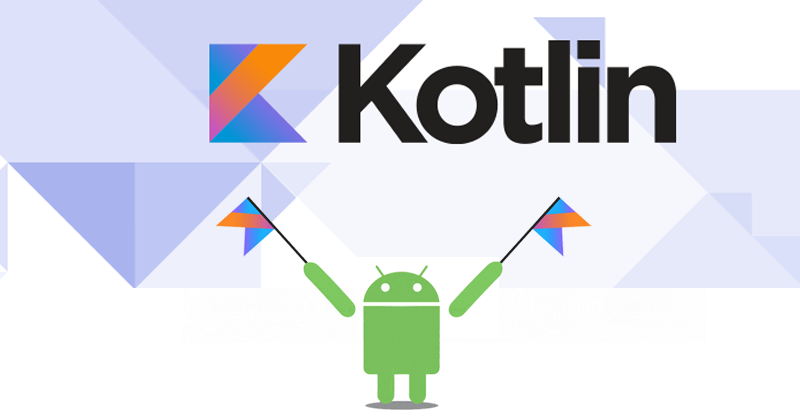Kotlin Infix Function Call
In this article, you will learn to use infix notation to call a function in Kotlin (with the help of examples).
When you use || and && operations, the compiler look up for or and and functions respectively, and calls them under the hood.
These two functions support infix notation.
Example: Kotlin or & and function
fun main(args: Array<String>) {
val a = true
val b = false
var result: Boolean
result = a or b // a.or(b)
println("result = $result")
result = a and b // a.and(b)
println("result = $result")
}When you run the program, the output will be:
result = true result = false
In the above program, a or b instead of a.or(b), and a and b instead of a.and(b) is used. It was possible because these two functions support infix notation.
How to create a function with infix notation?
You can make a function call in Kotlin using infix notation if the function
- is a member function (or an extension function).
- has only one single parameter.
- is marked with
infixkeyword.
Example: User-defined Function With Infix Notation
class Structure() {
infix fun createPyramid(rows: Int) {
var k = 0
for (i in 1..rows) {
k = 0
for (space in 1..rows-i) {
print(" ")
}
while (k != 2*i-1) {
print("* ")
++k
}
println()
}
}
}
fun main(args: Array<String>) {
val p = Structure()
p createPyramid 4 // p.createPyramid(4)
}When you run the program, the output will be:
*
* * *
* * * * *
* * * * * * * Here, createPyramid() is an infix function that creates a pyramid structure. It is a member function of class Structure, takes only one parameter of type Int, and starts with keyword infix.
The number of rows of the pyramind depends on the argument passed to the function.
Python Example for Beginners
Two Machine Learning Fields
There are two sides to machine learning:
- Practical Machine Learning:This is about querying databases, cleaning data, writing scripts to transform data and gluing algorithm and libraries together and writing custom code to squeeze reliable answers from data to satisfy difficult and ill defined questions. It’s the mess of reality.
- Theoretical Machine Learning: This is about math and abstraction and idealized scenarios and limits and beauty and informing what is possible. It is a whole lot neater and cleaner and removed from the mess of reality.
Data Science Resources: Data Science Recipes and Applied Machine Learning Recipes
Introduction to Applied Machine Learning & Data Science for Beginners, Business Analysts, Students, Researchers and Freelancers with Python & R Codes @ Western Australian Center for Applied Machine Learning & Data Science (WACAMLDS) !!!
Latest end-to-end Learn by Coding Recipes in Project-Based Learning:
Applied Statistics with R for Beginners and Business Professionals
Data Science and Machine Learning Projects in Python: Tabular Data Analytics
Data Science and Machine Learning Projects in R: Tabular Data Analytics
Python Machine Learning & Data Science Recipes: Learn by Coding
R Machine Learning & Data Science Recipes: Learn by Coding
Comparing Different Machine Learning Algorithms in Python for Classification (FREE)
Disclaimer: The information and code presented within this recipe/tutorial is only for educational and coaching purposes for beginners and developers. Anyone can practice and apply the recipe/tutorial presented here, but the reader is taking full responsibility for his/her actions. The author (content curator) of this recipe (code / program) has made every effort to ensure the accuracy of the information was correct at time of publication. The author (content curator) does not assume and hereby disclaims any liability to any party for any loss, damage, or disruption caused by errors or omissions, whether such errors or omissions result from accident, negligence, or any other cause. The information presented here could also be found in public knowledge domains.

